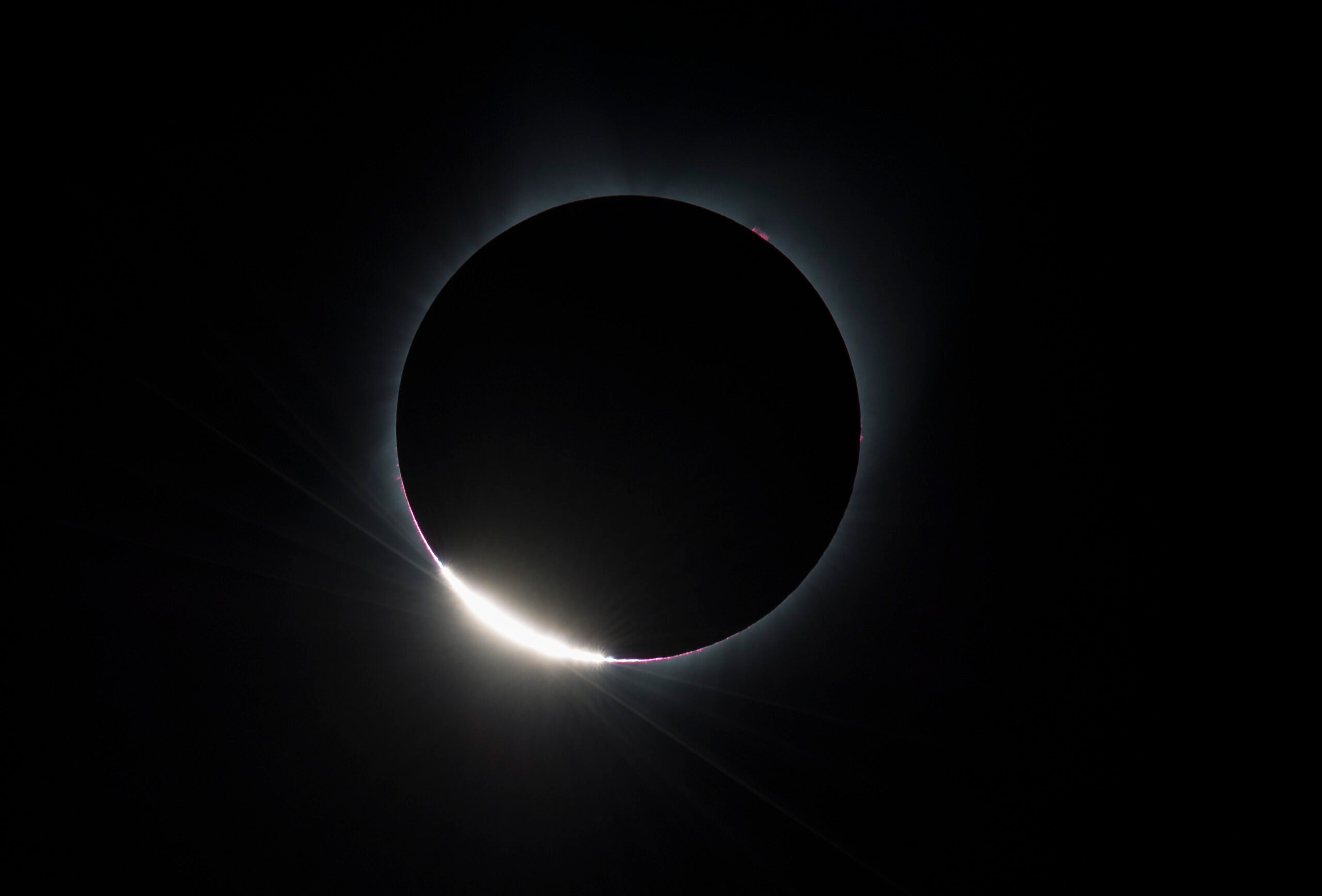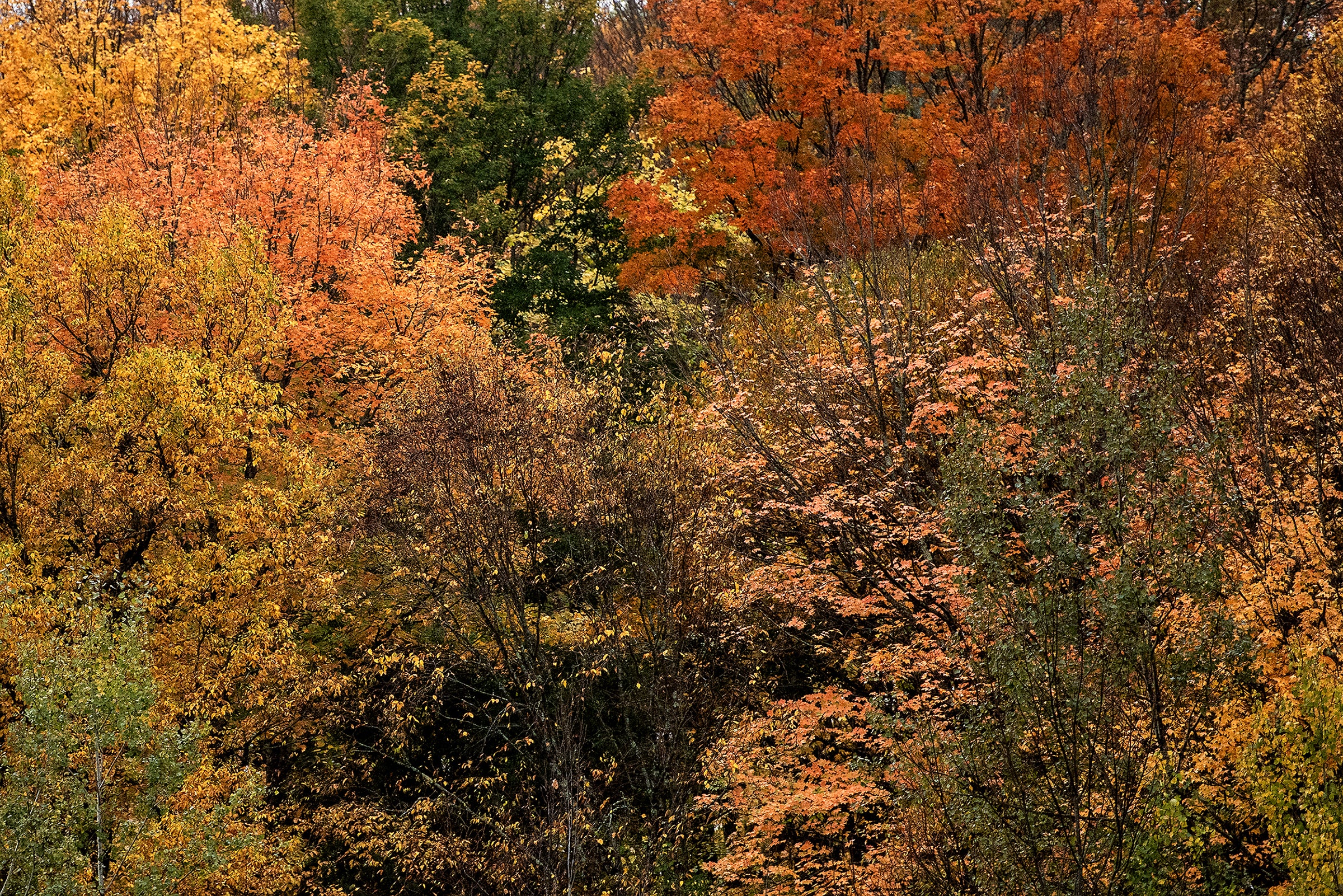Larry Meiller visits with the Weather Guys. They’ll discuss changing latest frost dates, and they’ll answer a pre-school class’s question about rainbows.
Featured in this Show
-
Children Ask Weather Experts: 'How Do The Rainbows Get Their Colors?’
Elias, age 5 and a half years old, is in the Apple Blossoms classroom at the Learning Gardens preschool in Madison. He and his classmates are studying weather, a topic that recently made them wonder: “How do the rainbows get their colors?”
Here’s Elias asking the question during “The Larry Meiller Show” on Monday morning:
“That’s a great question,” said Steve Ackerman, the director of the Cooperative Institute for Meteorological Satellite Studies at the University of Wisconsin-Madison and a professor of atmospheric sciences. “That mystified scientists for many, many years.”
Ackerman said that there are a few concepts to consider when thinking about rainbows. First is that sunlight contains all of the colors in the spectrum. Ackerman said that to see that this is true, just put a red piece of paper in the sunlight: All the red colors in the sunlight will be reflected. Similarly, the yellow light is reflected with a yellow piece of paper.
Another thing to think about is the “rain” in rainbows.
“To get a rainbow, you need raindrops floating in the air,” Ackerman explained. “That’s why you often see rainbows after it rains.”
Finally, he said that a person’s position plays a part as well.
“If you observe carefully, and I’m guessing that these kids are, given their question, you’ll notice that the Sun is always at your back when you see a rainbow,” Ackerman said.
So how do those three elements combine to make a rainbow?
Said Ackerman, “Sunlight hits a raindrop and it interacts with it. A glass of water looks clear, but when you break that into droplets … What happens to the sun beams is that they enter the drops, and they get reflected off the back of the drop. So the back of the drop acts like a mirror.” He added that the reflective quality of water can be seen on the surface of a very calm lake.
When the sun beams are reflected, “the colors get separated,” he said. “So that’s why you end up with the … red, orange, yellow, green, blue, indigo, and violet in the rainbow. Those are the colors that get separated out as the sunlight passes through and comes back.”
Besides the “rain” in rainbows, there is also the bow shape. Ackerman said that this depends on your perspective: It happens very rarely, but when a person is traveling in an airplane, they can theoretically see a rainbow as a complete circle. “You have to be up high, that’s the key,” he explained.
From an earth-bound perspective, Ackerman said, “They are arc shaped because rain drops are arc shaped — they’re spherical.” He added that while they appear to be touching the ground on either end, that’s just an optical illusion. “They’re light. You don’t get to touch (a rainbow).”
Jon Martin, a professor of atmospheric and oceanic sciences at UW-Madison, had information to share with Elias and his classmates too. He said that like rain drops, beams of light are also individual. This means that there are lots of “little bits of light that come through in a single beam and they interact with a single rain drop.”
This means that “your friend standing next to you doesn’t see the exact same rainbow that you see,” said Martin. “In fact, your right eye doesn’t see the same rainbow that your left eye sees. Because it’s different beams of light interacting with different rain drops that send you that information, and your brain unscrambles it for you.”
“So, you have your own individual rainbow!” Ackerman said. Added Martin: “Yeah, they’re very personal things.”
Episode Credits
- Larry Meiller Host
- Judith Siers-Poisson Producer
- Steve Ackerman Guest
- Jon Martin Guest
Wisconsin Public Radio, © Copyright 2024, Board of Regents of the University of Wisconsin System and Wisconsin Educational Communications Board.



